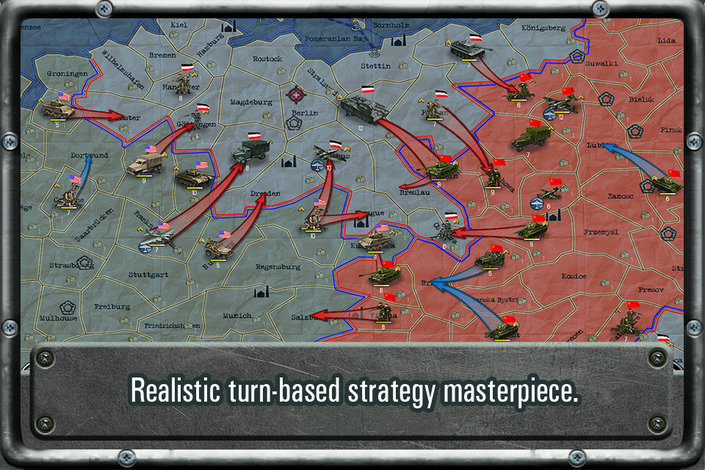
If we reframe the discussion of the war to look not only at what equipment was made but also at how it was destroyed, it emerges that the war was decided far from the land battlefield (O’Brien 2015). Possessing and operating the largest stores of modern weapons, not only tanks and artillery but also aircraft and naval vessels, determined the course of battles and the war. Equipment and specialised training mattered more. Yet, human-power was rarely the key factor in deciding combat in WWII.


The battle-centric analysis implies that infantry deployment is the best way to analyse effort. Nolan (2017) has argued that attrition losses are more important than battle losses in explaining outcomes. Historians of strategy have moved away from seeing battles as determinative. This battle-centric view, like much history of WWII, is old-fashioned. Fighting against the Americans and British, conversely, is often portrayed as a secondary concern (Roberts 2010: 573). The upshot of this lopsided deployment was that most German soldiers died in the East. The famous battles of the Eastern Front, such as Stalingrad and Kursk, supposedly caused the Germans’ crippling losses. At some points, more than two-thirds of German infantry were engaged against the Red Army. It remains widely argued that the Nazis were beaten mostly by the Soviet Union’s powerful Red Army (Hastings 2005: 508, Kennedy 2013: 183).įrom June 1941 to May 1945, German ‘power’ was supposedly engaged and destroyed by the Russians.

Considering its diversity, explanations of why Germany lost the war are surprisingly predictable. This column is a lead commentary in the Vo圎U Debate " The Economics of the Second World War: Eighty Years On"Įvery aspect of WWII is discussed in a vast literature.


 0 kommentar(er)
0 kommentar(er)
